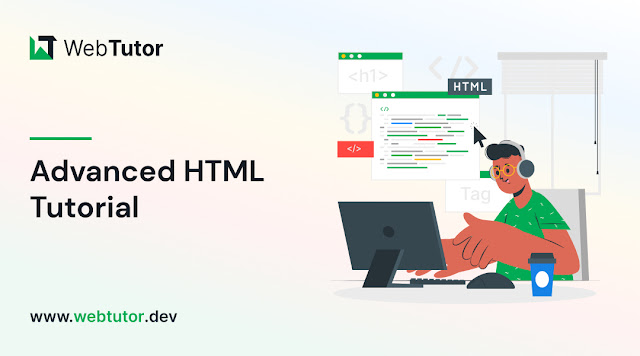Exploring the Objects in JavaScript BOM: In-Depth Tutorial
As web developers, we are constantly immersed in the world of JavaScript
and its various components. Among these, the Browser Object Model (BOM) plays a
crucial role in interacting with the browser and enhancing user experience. In
this blog post, we will delve into the realm of BOM, understanding its
significance, and discovering how Webtutor.dev
can be your ultimate resource for mastering this essential aspect of web
development.
What is the Browser Object Model (BOM)?
The Browser Object Model (BOM) is a crucial part of
JavaScript that provides a bridge between the web browser and the webpage's
content, allowing developers to control and manipulate the browser window.
Unlike the Document Object Model
(DOM), which deals with the structure and content of the webpage, the BOM
handles aspects such as the browser history, location, navigator, and more.
The BOM provides a set of objects, properties, and methods
that empower developers to interact with the browser and obtain information
about the user's environment, enabling the creation of dynamic and responsive
web applications.
Understanding the Key Components of BOM
Window Object
The window
object is the top-level object representing the browser window or tab.
It serves as the global object in the browser environment and provides access
to various properties and methods related to the browser window.
Screen Object
The screen
object represents the user's screen and provides information about its
characteristics, such as the width, height, color depth, and pixel density.
With this information, developers can create responsive designs that adapt to
different screen sizes and resolutions, offering a seamless user experience
across devices.
Navigator Object
The navigator
object contains information about the user's browser, such as the name,
version, and platform, enabling developers to create browser-specific
functionalities and optimizations.
Location Object
The location
object represents the current URL of the web page and allows developers
to interact with the browser's location bar, enabling navigation to different
pages and manipulating the URL.
History Object
The history
object provides control over the user's browsing history, enabling
developers to navigate forward and backward through the pages the user has
visited during the current session.
Timing Events
The timing
events are an essential aspect of the BOM that allow developers to execute
code at specific intervals or after a certain delay. Functions such as setTimeout() and
setInterval() enable developers to schedule code execution, making it possible
to create animations, periodic updates, and timed interactions in web
applications.
Popup Alerts
One of the simplest yet effective features of the BOM is the
ability to display popup
alerts. These alerts are often used to deliver important messages,
validation errors, or prompts to the user. With just a few lines of JavaScript
code, developers can create these popup alerts, enhancing the overall user
experience on their websites.
Cookies
Why Choose Webtutor.dev for Mastering BOM?
Webtutor.dev is your go-to resource for learning and
mastering the Browser Object Model and all its intricacies. Here is why it
stands out as the perfect platform for developers of all levels:
Comprehensive BOM Tutorials
We offers a comprehensive
set of tutorials specifically focused on BOM, covering each aspect in
detail with practical examples that reinforce your understanding.
Interactive Coding Exercises
Learning by doing is essential in web development, and we
provides an array of interactive coding exercises that challenge and refine
your BOM skills.
Real-world Projects
Take your BOM knowledge to the next level by working on
real-world projects, guided by experienced instructors, to gain hands-on
experience and build your portfolio.
Community Support
Join a vibrant community of developers on our platform,
where you can engage in discussions, seek help, and collaborate on projects to
enhance your learning journey.
Constantly Updated Content
We ensures that its content is up-to-date with the latest
trends and best practices in web
development, ensuring you stay relevant in the ever-evolving tech
landscape.
Conclusion
The Browser Object Model (BOM) plays a critical role in web
development, enabling developers to interact with the browser and create
dynamic and engaging web applications. Understanding the various components of
BOM is essential for any web developer, and Webtutor.dev offers the perfect
platform to master this crucial aspect.
Whether you are a beginner eager to explore the basics or an
experienced developer looking to refine your skills, Webtutor.dev provides a
wealth of resources, interactive exercises, and real-world projects to support
your learning journey. Embrace the power of BOM and unlock your full potential
as a web developer with Webtutor.dev today!



Comments
Post a Comment